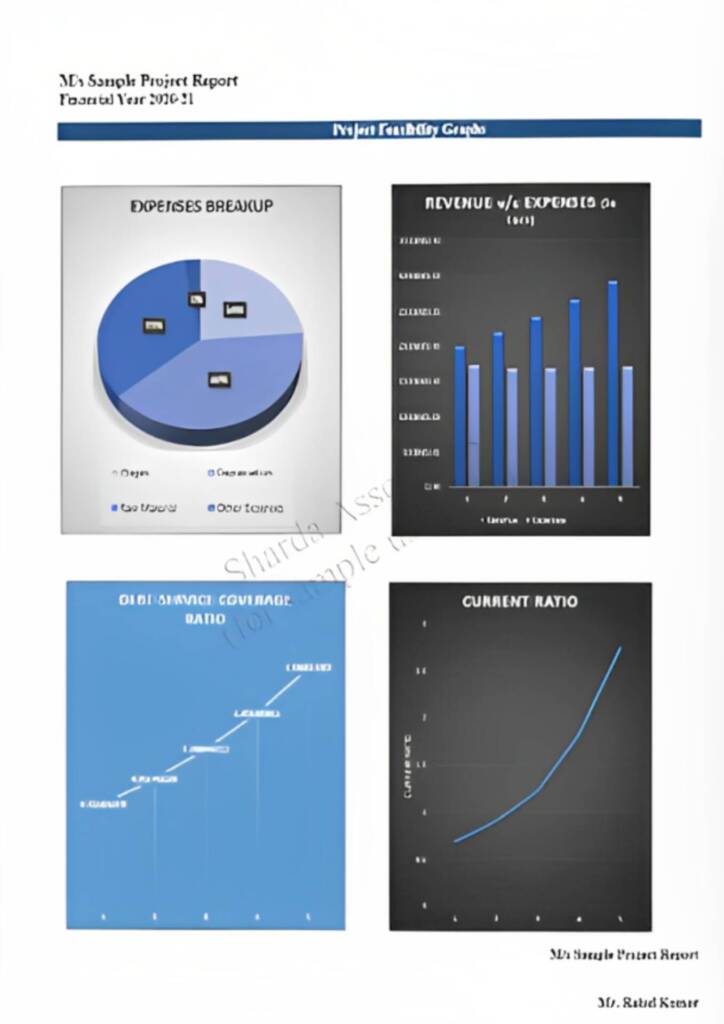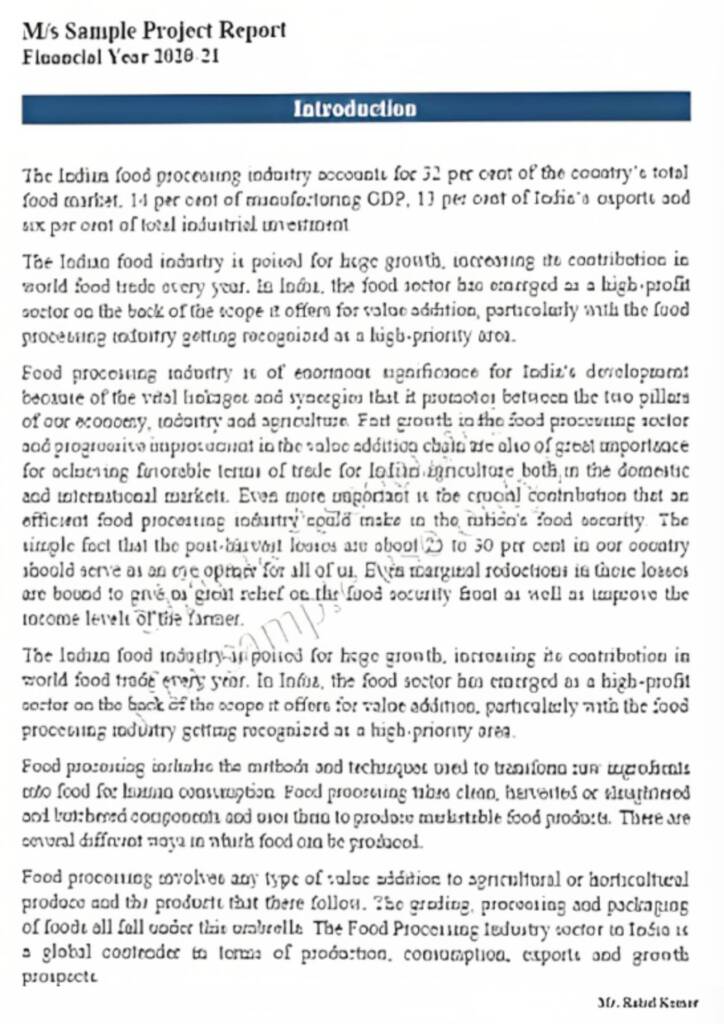Detailed Report On Cosmetic Manufacturers
Cosmetic manufacturers create beauty and personal care products, including skincare, makeup, and toiletries. They formulate, produce, and package these items, catering to diverse consumer preferences and contributing to the beauty industry.
Introduction

Detailed Report on Cosmetic Manufacturers is as follows.
Cosmetics are products that are applied to the body, most typically the face, to improve or change the appearance of a person. They are used for a variety of purposes, including improving one’s natural features, concealing wrinkles or issues, and establishing a specific look or style. Common cosmetics include foundation, lipstick, eyeshadow, and mascara, as well as skincare items such as moisturizers, cleansers, and toners. Cosmetics can be made from a variety of materials, including natural and synthetic ingredients, and applied with brushes, sponges, and fingertips.
Cosmetic materials are created in the cosmetic industry using specialised apparatus known as mixers. Various types of mixers are used in the cosmetic industry, depending on their application and the breadth of the cosmetic manufacturing process. Non-pressure mixers with a single central stirrer are the simplest basic mixers used in the cosmetics industry. Homogenising mixers are the most advanced, with a variety of stirrers and complex controls. The product is placed into containers after it has been blended and any necessary heating and chilling has occurred. This can be done manually or with the help of automatic filling equipment.
The cosmetics sector produces skin care products such as moisturers, anti-aging creams, and sunscreens. The industry produces shampoos, conditioners, hair serums, hair gels, hair colors, and other hair care products. Lipsticks, eyeshadows, blushes, foundations, and mascaras are well-known in the cosmetic industry. Perfumes, colognes, and body sprays are among the most popular products manufactured in the cosmetics industry. The cosmetics industry manufactures toothpaste, mouthwash, and teeth whitening products. The cosmetics sector also produces personal hygiene products such as deodorants, soaps, and body washes. The sector is currently producing men’s grooming goods such as beard oils, shaving creams, aftershaves, and moisture.

Detailed Report Sample On Cosmetic Manufacturers




Market Potential Of Cosmetic Manufacturers
The worldwide cosmetics industry was estimated at $202.7 billion in 2021, with a 6.3% CAGR predicted to reach $371.9 billion by 2031.
A significant advancement Manufacturers benefit from rising demand for herbal cosmetics among Indian clientele. India is one of the countries with the largest consumption of cosmetic items in the world, owing to growing awareness of body aesthetics, particularly among women. There is a growing need for environmentally friendly and long-lasting cosmetic products. Customers are becoming more conscious of the environmental impact of their purchasing habits. As a result, natural, organic, and cruelty-free cosmetic products have grown in popularity. Manufacturers who can deliver ecologically friendly and ethically produced cosmetics are expected to benefit from this expanding market segment.
Cosmetics are well-known for their constant product development and creation. Companies are continuously releasing fresh formulations, enhanced components, and innovative packaging to tempt clients. Manufacturers can differentiate themselves and earn market share as a result of this innovation push. The Indian cosmetics market is divided into segments. Body care, hair care, colour cosmetics, men’s grooming, perfumes, and other areas make up the market. Body care goods, which include items like hand cream and body lotion, had the highest market share (45.01%) in FY2020, and this trend is projected to continue in the years ahead.
Contents of Project Report
A project report helps you identify whether a project is worth pursuing. It presents the holistic view and brings complete insight of the business and its activity.
It acts as a guide for all the business operations, aids in taking all financial decisions related to the existing businesses and to the start-ups. It serves as roadmap to the business and provides information to the outsider who are wanting to know more about the business.
You will have the opportunity to build new goals and expansion ideas in one single document. Everyone, from the banks to potential investors, will need to have a look at the project report before they shell out any money.
A well drafted project report generally consists details about:
- Brief History of the Business
- The Promoters
- SWOT Analysis
- Industry Outlook
- Past Financial Statements
- Projected Financial Statements
- Infrastructure and Human Resource required
- CMA data
- Business model
- Requirement of Working Capital Funds
- Means of Finance
Other relevant information, if any.
